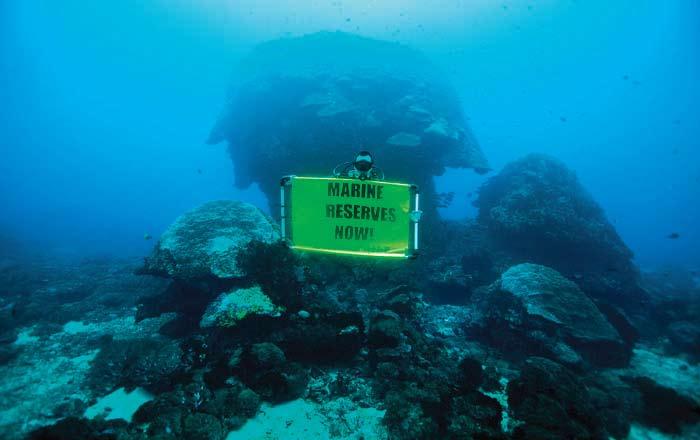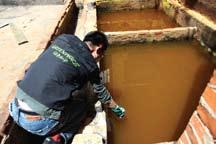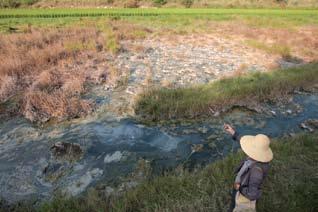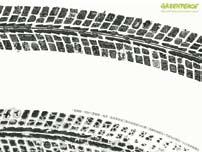
7 minute read
INVESTIGATE
IDEAL – INVESTIGATE 07
How dirty is your laundry?
We’re not talking about your Sunday washing but about top fashion labels and sportswear brands that many of us admire and wear. Greenpeace came out with serious results in our latest investigation published in full in the report Dirty Laundry 2. We analyzed clothing samples from 15 household names and 14 of them tested positive for nonylphenol ethoxylate. The word is a mouthful but simply put it’s a chemical that over time breaks down into a toxic compound which can then damage our reproductive systems and is dangerous even at low concentrations. Europe has already banned its use.
Timetable of investigate:
Date/Time Location
1.
2. June 2010 and morning on March 2011
June 2010 and evening on March 2011 Pipe from Youngor Textile Complex
Pipe from Youngor Textile Complex
3.
4. Morning on June 2010
Morning on June 2010 Pipe from Well Dyeing Factory Limited
Pipe from Well Dyeing Factory Limited
Discharge of effluent was observed Discharge of effluent was not observed
The colour and the temperature of the wastewater were observed to vary considerably over time.
White and blue foam of wastewater
No effluent was discharged
These are the results from the lab.
Date of sample analysis
June 2010
Analysis by
Greenpeace International Research Laboratories
Evidence from
Wastewater from Youngor Textile Complex and Well Dyeing Factory Limited
Results
The chemical analysis found a variety of hazardous substances, including the persistent chemicals nonylphenol and perfluorinated chemicals. They can cause adverse effects on the liver and act as hormone disruptors.
These chemicals not only pose a danger to the areas surrounding the factories where these clothes are made, but also to the countries where these clothes are worn because chemicals can leak from the clothes when they are washed. Which means Hong Kong is also at risk. For more details, please click here:
We are targeting these top brands because they have sway. They dominate the clothing industry and so can influence their suppliers – such as textile factories in China – to eliminate the use of all hazardous chemicals from both the production process and from the clothing that we end up wearing. On this basis, our Toxics campaigners turned to each of these clothing giants and asked them: “Who will rise to the challenge and champion a toxic-free future?” Thanks to you and all our other supporters, we received some great responses.
IDEAL – INVESTIGATE
CLICKERS AND STICKERS MAKE

DETOX
We’re challenging some of the world’s most popular clothing brands to work with all of their suppliers to eliminate the release of toxic chemicals into our water.
Campaign Name: Champion a toxic-free future Launch date: July 2011 Aimed at who: High street clothing brands Demands: DESIGN A BETTER FUTURE: Adopt clear company and supplier policies that push for a shift from toxic to non-hazardous chemicals with clear and realistic time-lines.
WALK THE TALK: Prioritise the worst chemicals and eliminate these immediately.
MAKE TRANSPARENCY EN VOGUE: Make data publicly available on suppliers, restricted substance list, hazardous chemicals.
SET THE TREND: Catalyse change by working collaboratively with others.
ACTION: It was time to throw out our challenge to these clothing companies to turn their polluting ways around. Hong Kong campaigners walked into a Li-Ning boardroom and hand delivered our demands to the company executives. And spreading around the globe was a viral video campaign, online petitions and public demonstrations, including outside Beijing’s Adidas and Nike stores. More than 600 volunteers participated in a “Detox flashmob striptease” outside Adidas and Nike stores in 29 cities in 10 countries. We also reached to the public at events such as Shanghai’s Zebra Music Festival.
Before long one by one the companies came forward with pledges to Detox. These included: ■ To eliminate all hazardous chemicals from the entire product lifecycle and across the whole supply chain by 2020 ■ To ensure full transparency about the chemicals being released from supplier factories (to various deadlines) ■ To use influence, knowledge and experience to bring about widespread elimination of hazardous chemicals from the clothing industry 26 July: Puma
18 August: Nike
30 August: Adidas
20 September: H&M
21 Nov: Li-Ning
21 Nov: C&A
We are still waiting for Abercrombie & Fitch, Calvin Klein, CONVERSE, G-Star Raw, Kappa, LACOSTE, Ralph Lauren, UNIQLO and Youngor.
09
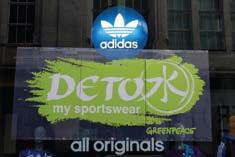

IDEAL – INVESTIGATE
Behind the scenes of our Detox campaign
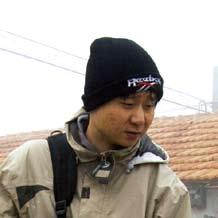
More than a year’s meticulous research went into our two Dirty Laundry reports. We have to be 100% sure of our facts before we go out there with you and pressure companies. Greenpeace East Asia toxic campaigner Zhang Kai talks about dirty pipes, going undercover and a toxic-free future.
Which part of the Detox campaign was the most challenging?
The most challenging parts were the investigations into the production process and the supply chain: this included investigating the effluent from the suppliers’ sewage pipes and the precise relationship between the brands and the suppliers. In mainland China, factories do not clearly mark their effluent pipes, so we needed to confirm which pipe belonged to which factory and then we needed to make at least five sampling trips for each factory pipe. This was one of Greenpeace’s most complex investigations because the relationship between textile plants and the big brands was often opaque and it was vital to our campaign that we established the relationship clearly.
Which part of the campaign work left the deepest impression on you?
The on-site investigation left the deepest impression on me. We spent about one year carrying out the investigation on the textile plants,
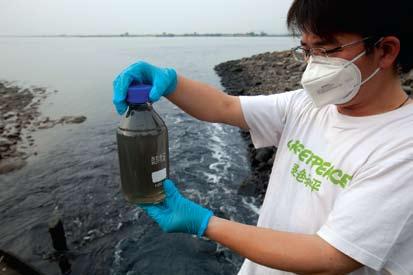
covering factories along the Yangtze River and in the Pearl River Delta. Our investigators had to work undercover and conceal their identity. For example we had some workers pretend to apply for work at the factory so they could take photos of the plant secretly, and others gathered information by just chatting to factory workers.
Tell us about some of the key moments in the campaign.
1) After the sampling results came back, we felt very torn. On the one hand, we knew that we had to continue our investigation but at the same time we felt anxious because it was obviously urgent that we solved this toxic pollution problem as soon as possible.
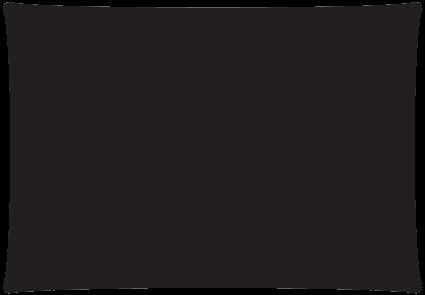
2) Two weeks after we released our report, Puma came out with its promise to eliminate toxic substances from its supply chain.
When we heard that we were overjoyed.
11
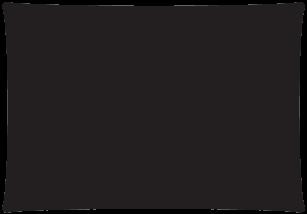
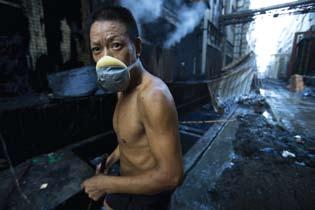
What’s the next step?
We will continue to pressure the big clothing brands to commit to eliminating toxic chemicals and we’ll engage with the China Textile Industry Association, research bodies and the environmental bureaus to promote clean policies and standards.
What do you hope to achieve in the next few years?
We look forward to the day that the reckless behaviour of multinational companies no longer endangers the
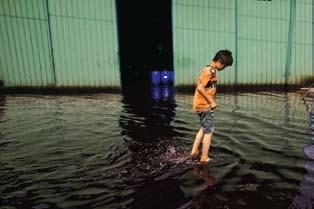
health of Chinese people by turning their waterways into rivers of toxic poison. By continuing to monitor the operations of these clothing companies and their suppliers, holding them accountable to the promises they have made, as well as facilitate other companies to likewise make the “detox” switch, we hope to see a “detox revolution” move through the entire textile industry. In 20-25 years the entire textile industry will have eliminated the use of hazardous chemicals.
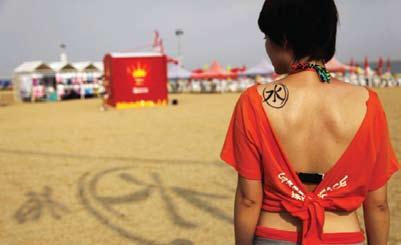
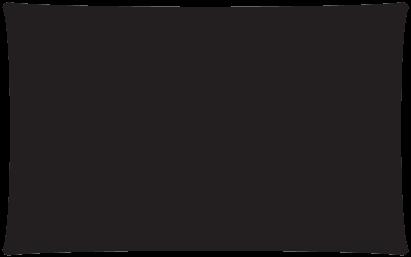
Greenpeace’s investigation team works around the clock to collect evidence of environmental pollution by the fashion industry. Our final aim is to persuade the big brands to change to clean production, that means no more water pollution. To help us target even more top clothing companies we would like to see if you could spare an additional gift. We can achieve clean production sooner and prevent the poisoning of the remaining 30% of water which is as of yet unpolluted on the Mainland. Please follow the link to donate online. www.greenpeace.org/eastasia/donate/
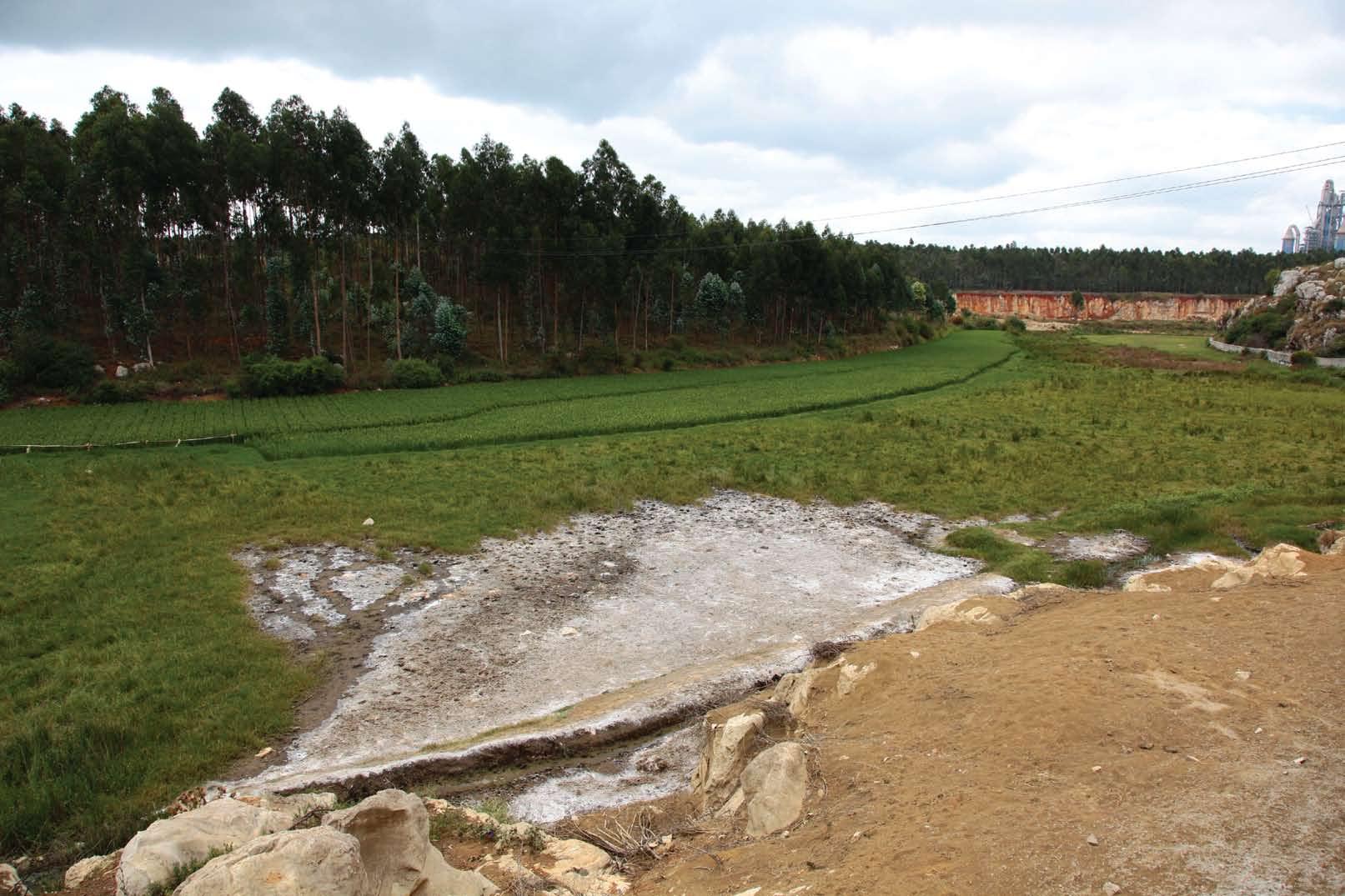
Greenpeace sent a rapid response team to area near the village of Xinglong to document the illegal dumping of chromium and raise awareness among the local people. When Greenpeace workers tested the water used by the villagers for drinking, the levels chromium VI were so high that the readings went off the scale.

